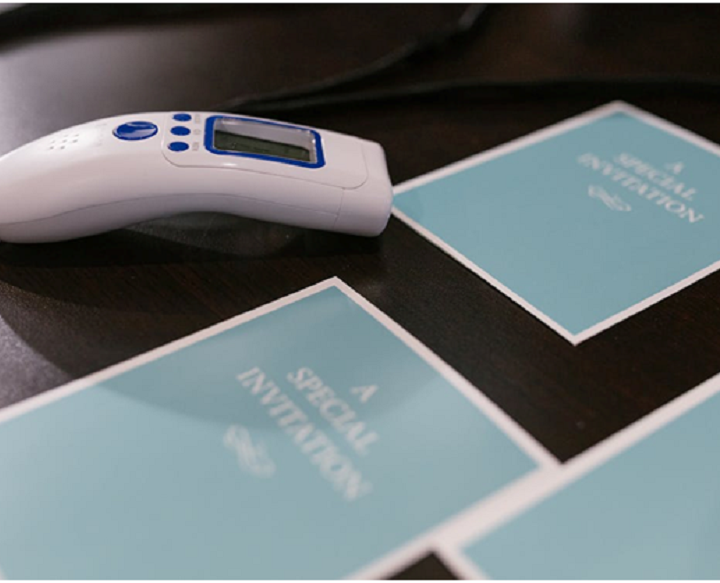Medical coding and billing are challenging procedures. Even the most professional billing staff may struggle with the cacophony of codes. Inadvertent errors are nearly a guaranteed risk when untrained employees are filling out claims, and they can result in time and money losses of unfathomable proportions. Regrettably, most claim denials and payment delays are attributed to even the tiniest medical coding and billing mistakes.
Ways to enhance Medical Billing and Coding Accuracy
Be Sure the Service Is Not Billed Twice
To avoid future issues with duplicate billing, turn to audit. It is one of the prevalent mistakes since providing bills for operations that have been postponed or canceled increases the likelihood that claims will be denied. Doing chart audits can assist in limiting the spread of inaccuracies.
Changes To the Coding and Guidelines Frequently
Ensure that your EHR adheres to the most recent code revisions. If not, take action to adapt the technology to the requirements. To maintain comprehensive transparency and to improve the EHR/PMS adherence with the most current rules, update coding guidelines and standards as needed. These are crucial elements to update to avoid having your practice misapply coding guidelines, which would increase denials.
Check The Advantages You Can Get
If a provider can check the benefits when the patient receives a service, many errors can be avoided. Whether the patient has just been registered or is a regular, independently confirm and share information with the insurer about authorizations, healthcare benefits, co-payment choices, and the duration of coverage. Medical billing services are utilized to save employees time to process, file, and follow up on health insurance claims.
Verify The Patient Record for Any Discrepancies
Tiny errors in the patient’s name, gender, or birthday may lead to denying a claim. If the patient relies on the primary insurance holder, it is vital to have matching data, including the policy and group number.
Ensure Code Specificity
Some ICD-10 codes require the last two digits to be precise to prevent healthcare claims from being denied; a coder must exercise caution and make sure that every code is particular. It is safe to consult the codebook whenever coders are unsure whether the diagnosis is correctly coded.
Avoid Upcoding
Upcoding can occur intentionally or accidentally. It is a practice where a full procedure is reported, but the physician performs a basic procedure to prevent rejecting claims. It is best to provide proper codes. If this practice is identified, it may be subject to audit and severe fines. Medical coding services can offer cleaner, quicker claims at lower prices.
Have A Global Coding Team
Many medical offices now routinely outsource the RCM process. Due to the current shortage of programmers, some firms have decided to entrust the coding work to qualified hands. A coding team that is outsourced improves the standard of the whole revenue cycle.
Provide Accurate Information
When you provide payers with incomplete data, be prepared for payment denial or delay. It can affect how claims are processed if the fourth and fifth digits are left out or if the diagnosis code is not linked to an HCPCS or Current Procedural Terminology (CPT) code. Errors typically result from human error, but incorrect diagnosis information given by doctors can also cause them.
Speed Up the Documentation Process
The accuracy of the paperwork has a significant impact on how well the medical coding procedure works. Also, it is the simplest technique to improve the coding procedure’s efficiency and raise reimbursements. Visit the Clinical Documentation Improvement (CDI) professional if your practice has trouble obtaining the required degree of accuracy in its documentation.
Perform Compliance Inspections
The foundation of a very successful healthcare practice is accurate coding. Coders are given the authority to accurately evaluate clinical documentation by using standardized codes and adhering to the necessary rules.
Conclusion
Examining the most typical coding and billing issues can help evaluate workflow, review procedures, and implement preventative measures to reduce errors to a minimum. Providers should give patients more precise information about their financial obligations, avoid wasting time rewriting rejected claims and generate more accurate financial estimates.






